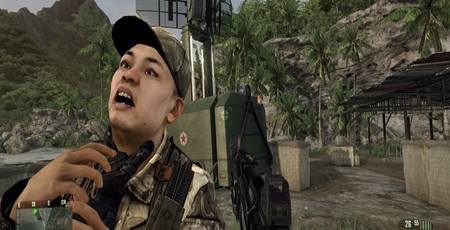
A decade on since its release, it's probably safe to say that, yes, your PC can run Crysis. But now that time has finally banished that tiresome meme to the realm of irrelevance, a far more interesting question is raised in its place. You may well be able run Crysis ten years down the line, but is there any reason why you would want to?
I must admit, a part of me was anxious when, a couple of days ago, I relaunched Crysis for the first time in years. I remember marvelling at how it looked when it initially released, even as it staggered along at 15fps on my clearly unfit-for-purpose PC. The golden sunrise of that first level, the way the sunlight dappled through its stunning jungle foliage, how darned convincing those Korean soldiers' faces looked when you sneaked up behind them and grabbed them around the throat.
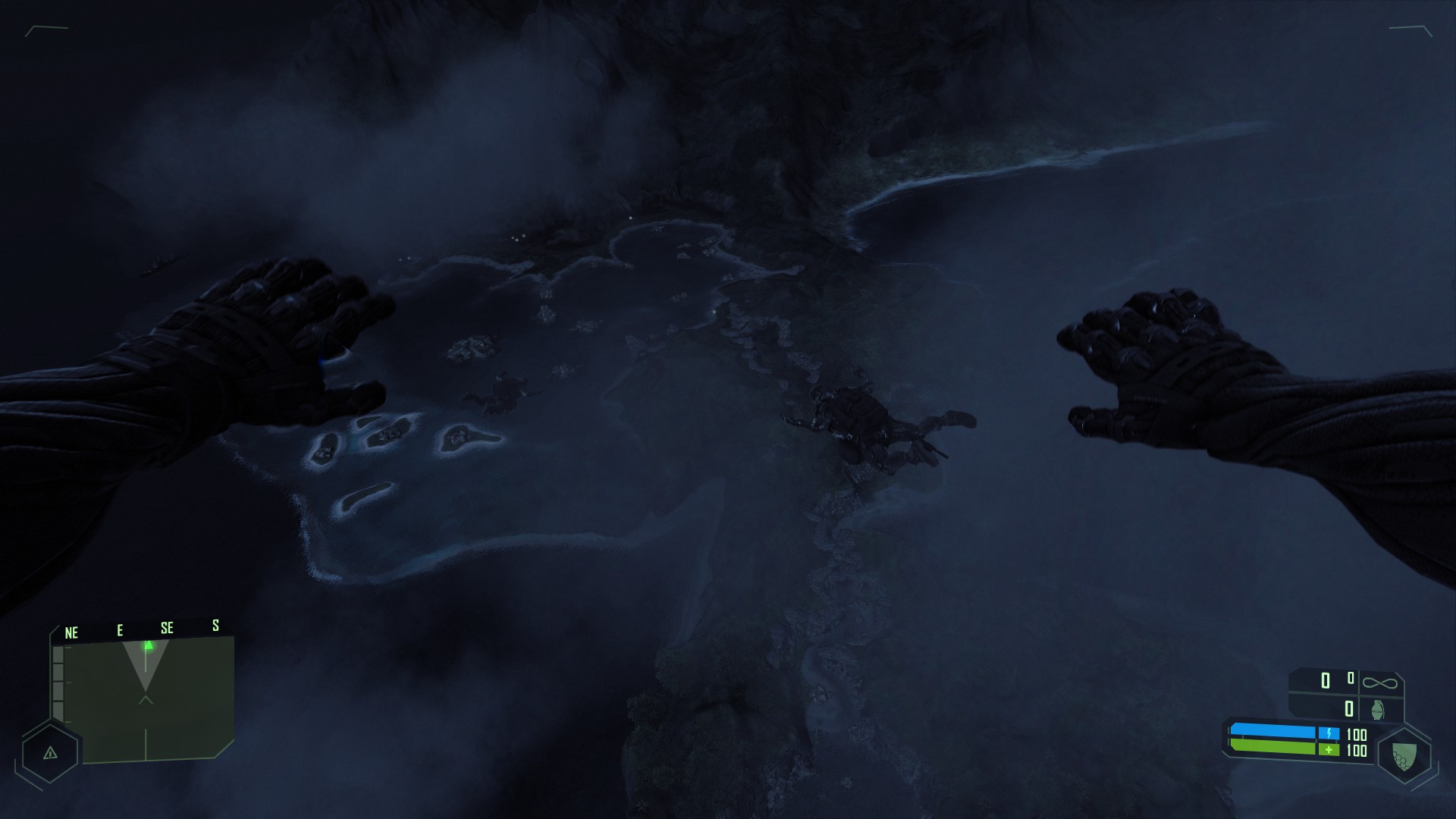
That was then, and it was a long time ago, while the human mind has an annoying tendency to disregard the passage of time. As I launched Crysis and the title credits played, all I could think of was this infamous cover of Next Generation magazine, featuring an image of Unreal and the headline “Yes, this is an actual PC Game screenshot.” Cringe. Cringe! Oh god, the cringe! Would I feel similarly shocked and embarrassed by how Crysis, once the cutting edge of graphics technology, looks today?
The answer is no, not really. Crysis looks just fine on a modern PC. Sure, distant objects and landscapes look a little fuzzy, as do rock and foliage textures if you zoom in on them really closely. But otherwise, Crysis holds up on a visual level perfectly well. In fact, its sun-soaked beaches and verdant rainforests still have the capacity to make you stop your forward march purely for the purpose of admiring the view. Not bad when you consider almost every big-budget game released nowadays possesses a similar capability at some point during the proceedings, and even smaller ones like Firewatch can still make you gawp at their gorgeously designed environments.
That's the main difference between now and then. Crysis' visual splendour is no longer anything special. Its technological bragging rights have expired, while as a benchmarking tool it's not even on the bench. But despite Crytek's own technological posturing and the subsequent mockery the game received because of it, Crysis was always more than a hulking graphical powerhouse, and that fact remains true today.
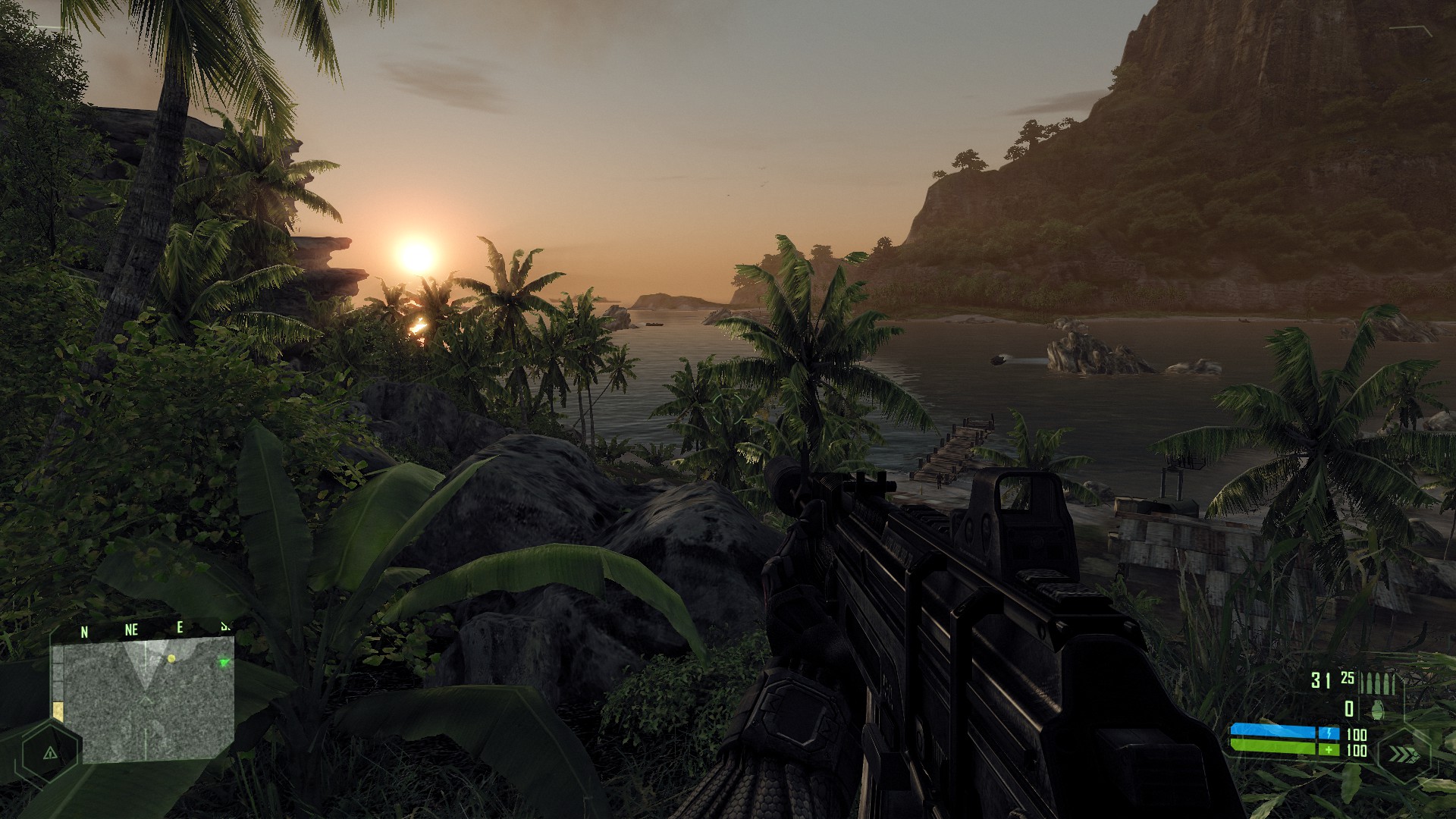
Crysis was a pseudo-sequel to Crytek's earlier game Far Cry, which in many ways was the prototype for the open-world shooter. Although it was still divided into sequential levels, each of Far Cry's missions took place in a wide-open space, like a crescent-shaped coastline or a glittering island archipelago. Far Cry demonstrated that games other than RPGs could benefit from giving the player literal space to experiment, although it did so in slightly roughshod and inconsistent fashion.
Crysis iterated upon this idea, offering larger and more detailed levels (as sequels are wont to do) and more importantly offering the player more ways to experiment within those spaces. At the core of this is Crysis' nanosuit. And it's the nanosuit more than anything else that makes Crysis still worth playing ten years down the line.
The game's premise sees you assume the role of a special-forces operative, one of a group sent to the fictitious Lingshan Island, which has been invaded by the North Korean armed forces, taking several American citizens hostage in the process. Your job, initially, is to infiltrate the island and extract those hostages. But what begins as a straightforward spec-ops mission goes awry quickly, as it becomes apparent that the Koreans are not the only threat on the island.
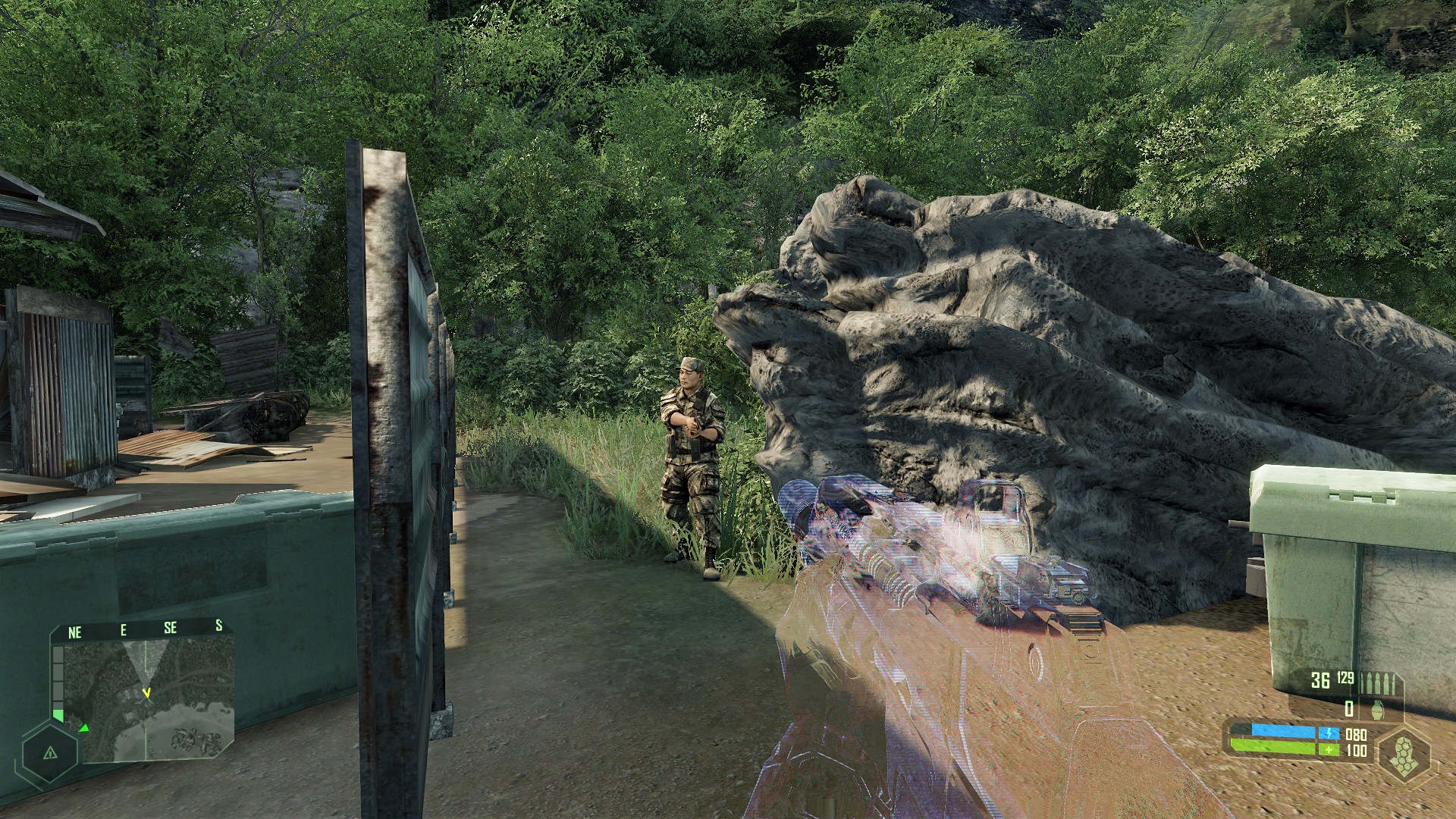
You're outnumbered and outgunned from the start. But you're given an edge in the form of the aforementioned nanosuit, a cybernetic second-skin that can enhance your natural physique in multiple ways, making you faster, stronger, more resistant to damage, and able to disappear into the jungle like the Predator.
It's a fantastic concept, but I have to confess that when I first played Crysis, I felt a little disappointed by the nanosuit in action. The suit's energy is extremely limited, which means you can only use each of the available abilities for very short periods of time. Run a short distance while cloaked, or make a few strength-enhanced jumps, and you'll have to pause for a few seconds to let the bar refill.
As I've returned to Crysis over the years, however, I've realised that the system Crytek implemented is actually very smartly balanced, requiring skilful deployment by the user to be truly effective. You need to combine your cloak ability with the jungle's dense foliage to move unseen, using bushes and trees essentially as natural recharging points. Speed is primarily a tool for escaping a grenade explosion, while strength is useful for conserving ammo by killing opponents with a quick melee strike, or collapsing a building on top of enemies by throwing a heavy object at the walls.
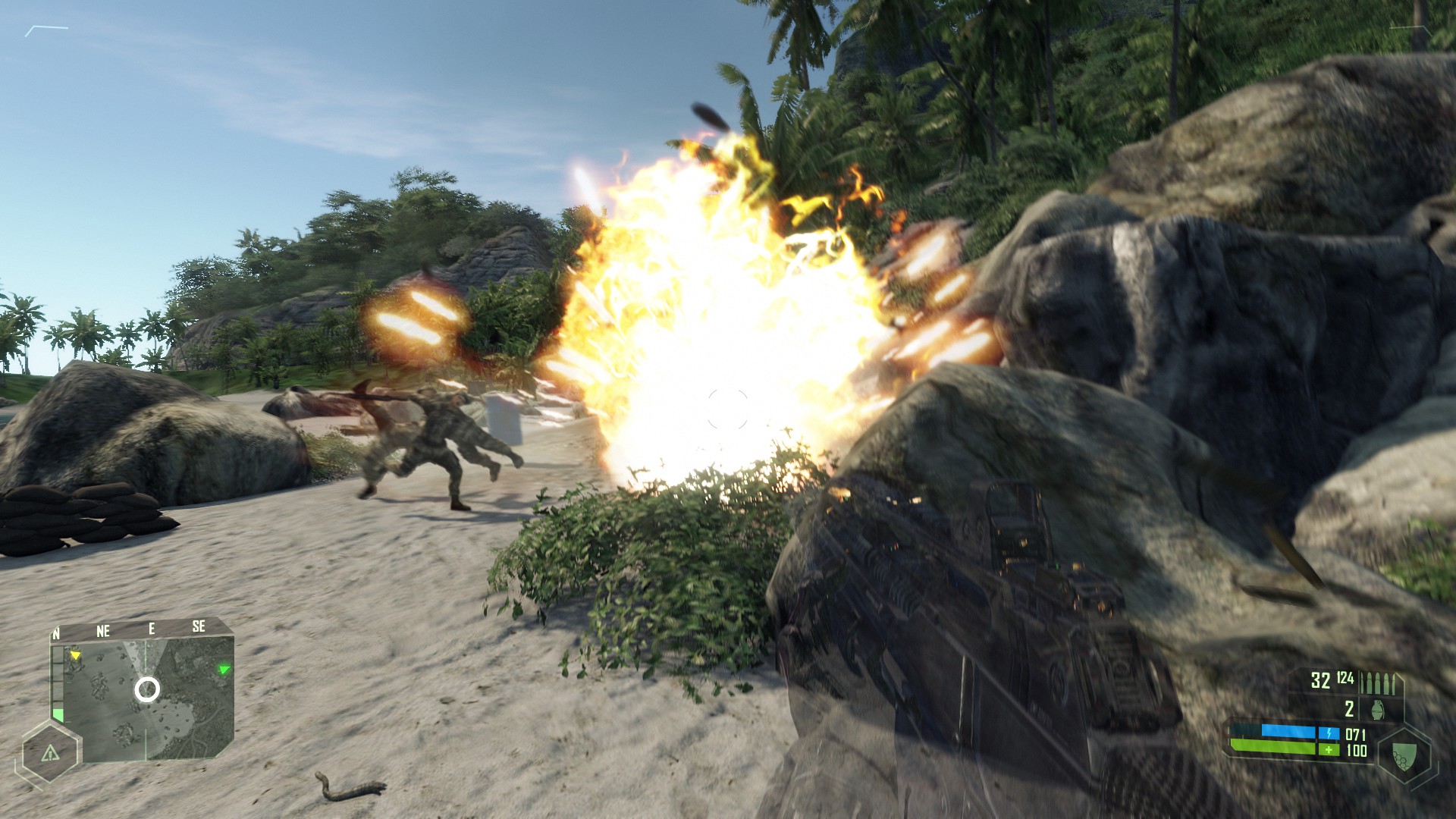
Crysis pitches you the fantasy of being a supersoldier, but really you're a one-man guerilla army. Exposed in the open, you're actually fairly weak. Hence you must plan and execute quick-fire tactical strikes against your enemies, not just to damage them but to sow panic and confusion so you can take them out with greater ease. I still think, however, that your strength ability should be more powerful, or perhaps the player should be slightly less vulnerable when using it. Knocking down a group of enemies with a high-speed melon or some other random object is one of my favourite things to do in Crysis, but actually achieving this is too fiddly and impractical most of the time.
There are other things that Crysis does really well that it doesn't get enough credit for. The game's physics is still some of the best around. You can feel the weight and solidity of everything you pick up, whether its a barrel or a wincing Korean soldier moments away from being flung into the sea, and that adds to the game's immersion as much as those pretty vistas. Many of the buildings, meanwhile, are completely destructible, particularly the shacks of corrugated iron that you encounter in the first half of the game. Explosive weapons like grenades and missile launchers are extremely satisfying to use, and the weapon customisation system remains one of the best and most intuitive ever devised.
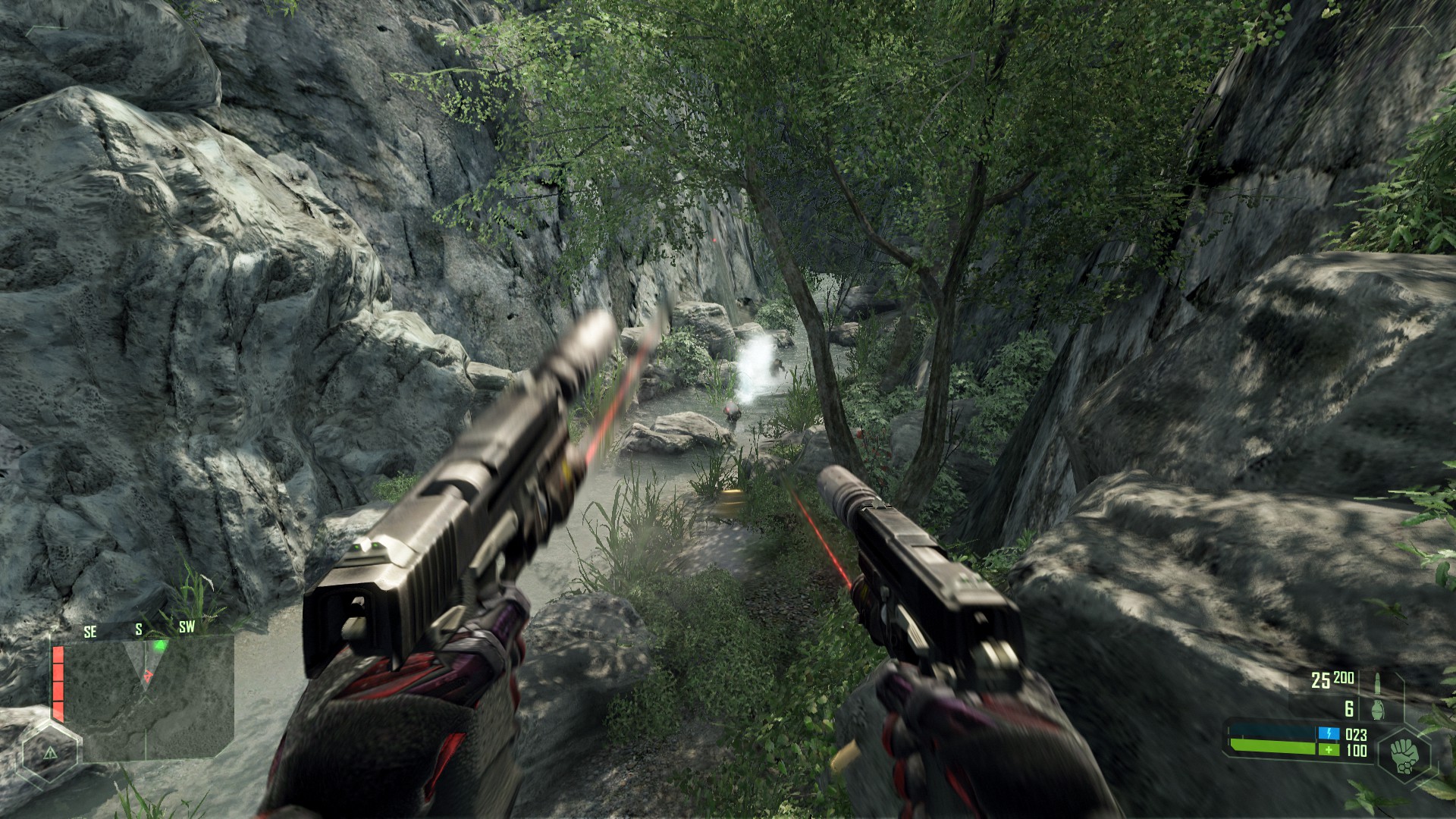
In addition, while Crysis is deservedly praised for its emergent play, I think it's worth mentioning how well the individual levels are crafted too. The game's first two thirds have a satisfying sense of escalation, with larger and more challenging environments sequentially opening up before you. The second mission, Recovery, has some great back-and-forth between yourself and the Koreans. You infiltrate a small town and clear it of Korean soldiers, then have to defend against a counter-assault that includes a couple of tanks. My favourite level is probably Assault, which sees you attacking a Korean-held harbour supported by the US Military. By this point the game has thrown helicopters and artillery into the mix, so you need to use every tool at your disposal to emerge victorious.
Crysis is always at its best when it gives you room to manoeuvre, but its open-ended action doesn't last for the entirety of the game. At the two-thirds mark, the game reveals its alien menace, and suddenly the missions become far more linear and, sadly, far less interesting. I don't think the idea is entirely misplaced. The level that involves floating inside the alien spacecraft is a neat change of pace from what's gone before. The problem is it never returns to the more open-ended format before the game's conclusion, and the alien opponents simply aren't as much fun to fight as the KPA.
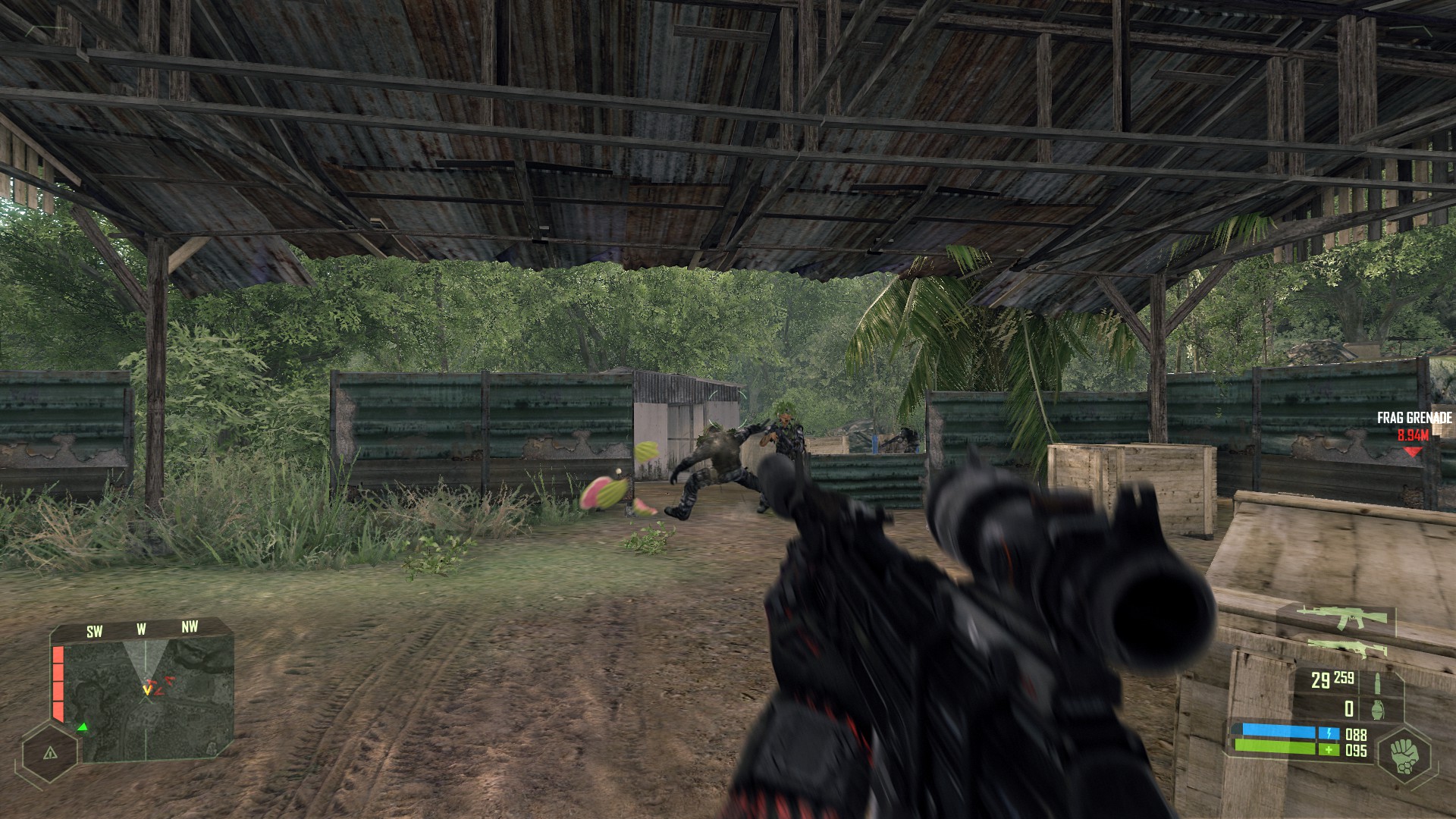
Despite this, I find myself looking back on Crysis with a surprising amount of warmth. It's nice to play a game that lets you experiment with all its gadgets more or less from the start, and to explore environments that are semi-open but retain a sense of purpose and forward momentum. It provides that feeling of freedom and the space for the player to experiment without requiring you to spend dozens upon dozens of hours in its company, and that actually makes it rather refreshing after so many 40+ hour open-world epics filled to the brim with clutter.
This is what Crysis deserves to be remembered for, and not the fact that once upon a time it would have turned most PCs into a smoking lump of metal and silicon. There may well come a day when Crysis looks old and crusty compared to modern games. But even when that finally happens, I doubt that chucking a box of bananas at a Korean soldier's head will ever get old.
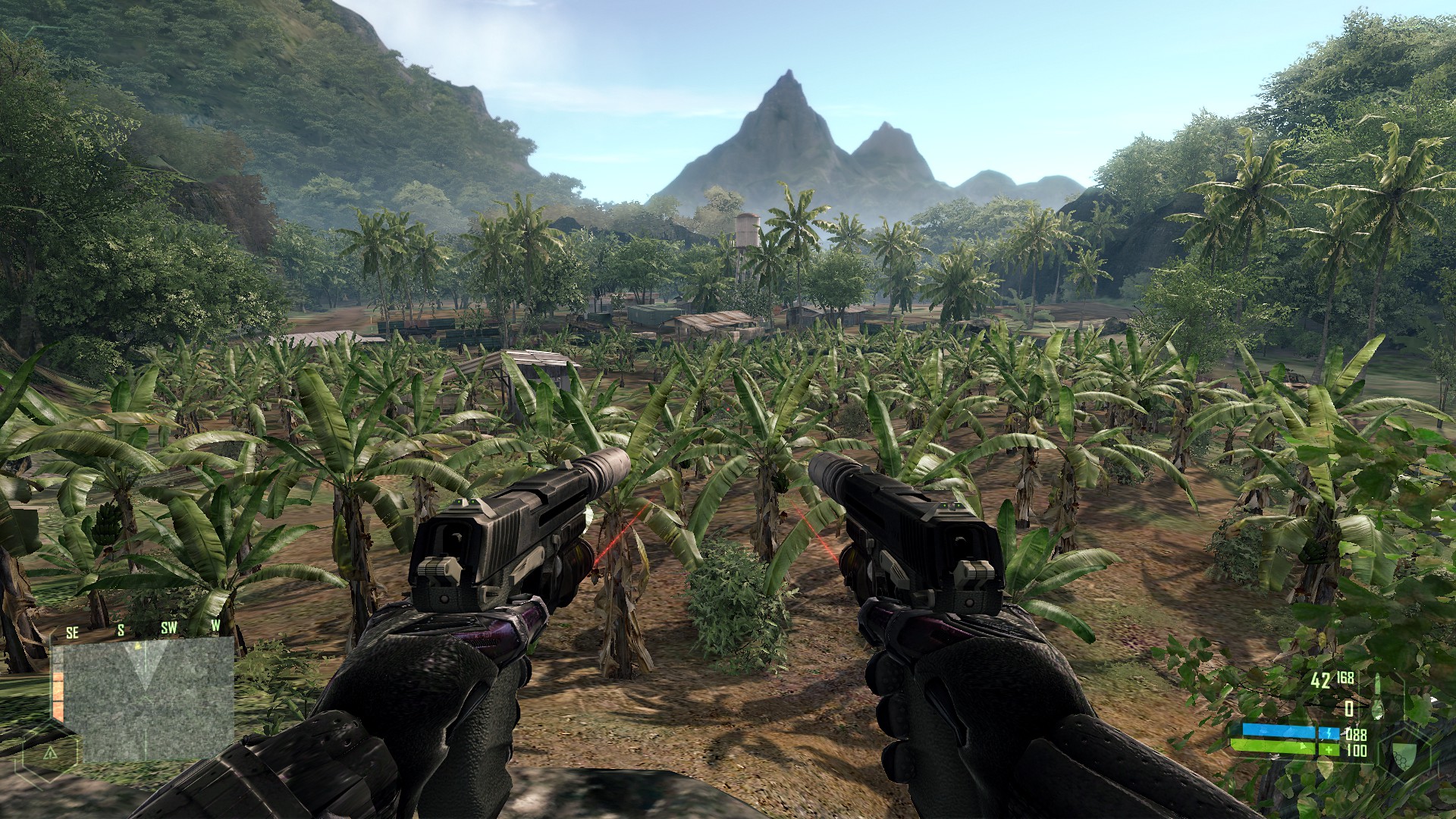

MSI MPG Velox 100R Chassis Review
October 14 2021 | 15:04


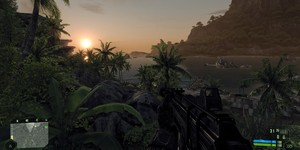






Want to comment? Please log in.